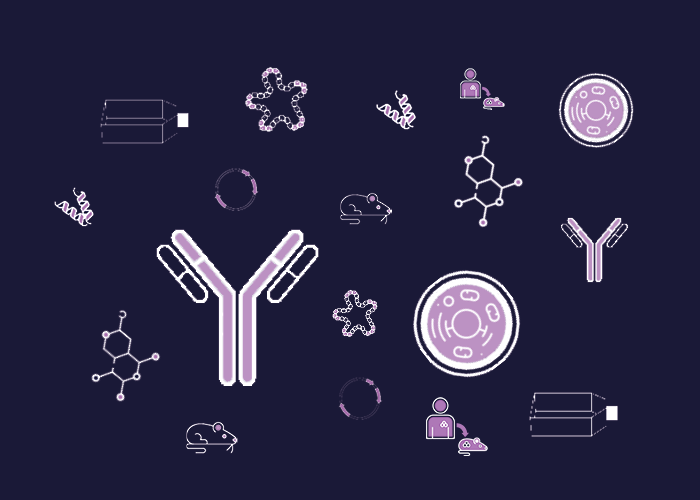
Melan-Gnas1 cell line
Organism: Mouse
Tissue: Skin
Disease: Non-cancer
Model: Immortalised non-cancerous cell lines
£575.00
This fee is applicable only for non-profit organisations. If you are a for-profit organisation or a researcher working on commercially-sponsored academic research, you will need to contact our licensing team for a commercial use license.
Contributor
Inventor: Elena Sviderskaya
Institute: St. George's University London
Primary Citation: Unpublished
Tool Details
*FOR RESEARCH USE ONLY (for other uses, please contact the licensing team)
- Name: Melan-Gnas1 cell line
- Cancer: N/A
- Research fields: Tissue-specific biology
- Organism: Mouse
- Gender: Unspecified
- Tissue: Skin
- Disease: Non-cancer
- Morphology: Small, oval-fusiform
- Growth properties: Adherent
- Model: Immortalised non-cancerous cell lines
- Crispr: No
- Conditional: No
- Description: The melan-Gnas1, -Gnas2 and Gnas-3 cell lines are immortal melanocytes derived from Gnas-mutant Ink4aArf -/- C3H/C57BL/6J OlaHsd mice. The Gnas gene encodes the Gαs protein, a subunit of the heterotrimeric G-protein complex that activates adenylate cyclase and increases cAMP production. Mutations in the human GNAS gene are found in pituitary tumours and result in constitutively activated Gαs. Somatic gain-of-function mutations in GNAS are associated with McCune-Albright Syndrome, a rare disorder characterised by fibrous dysplasia of the bone, various endocrinopathies and hyperpigmented patches of skin. These murine melanocytes are hyperpigmented compared to littermate control lines. These melanocytes are a useful tool for studies of pigmentation genetics and for the effects of constitutively active cAMP signalling. Littermate control lines (melan-a9, -a10 and -a11) are also available from CancerTools.org.
- Application: Melanocyte cell biology
- Biosafety level: BSL1
Applications
- Application: Melanocyte cell biology
Handling
- Growth medium: RPMI + FBS (10%) + TPA (200 nM) + cholera toxin (CT) (200 pM)
- Storage conditions: liquid N2
References
- Unpublished


